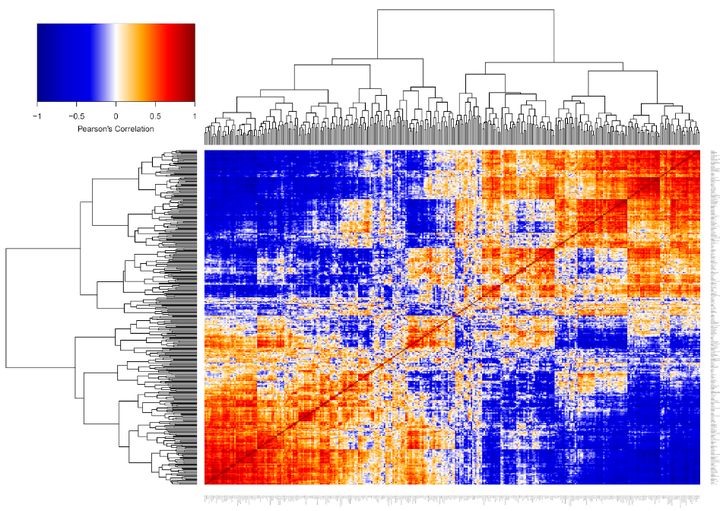Rural-Urban Scaling of Age, Mortality, Crime and Property Reveals a Loss of Expected Self-Similar Behaviour

Abstract
The urban scaling hypothesis has improved our understanding of cities; however, rural areas have been neglected. We investigated rural-urban population density scaling in England and Wales using 67 indicators of crime, mortality, property, and age. Most indicators exhibited segmented scaling about a median critical density of 27 people per hectare. Above the critical density, urban regions preferentially attract young adults (25-40 yrs) and lose older people (>45 yrs). Density scale adjusted metrics (DSAMs) were analysed using hierarchical clustering, networks, and self-organizing maps (SOMs) revealing regional differences and an inverse relationship between excess value of property transactions and a range of preventable mortality (e.g. diabetes, suicide, lung cancer). The most striking finding is that age demographics break the expected self-similarity underlying the urban scaling hypothesis. Urban dynamism is fuelled by preferential attraction of young adults and not a fundamental property of total urban population.